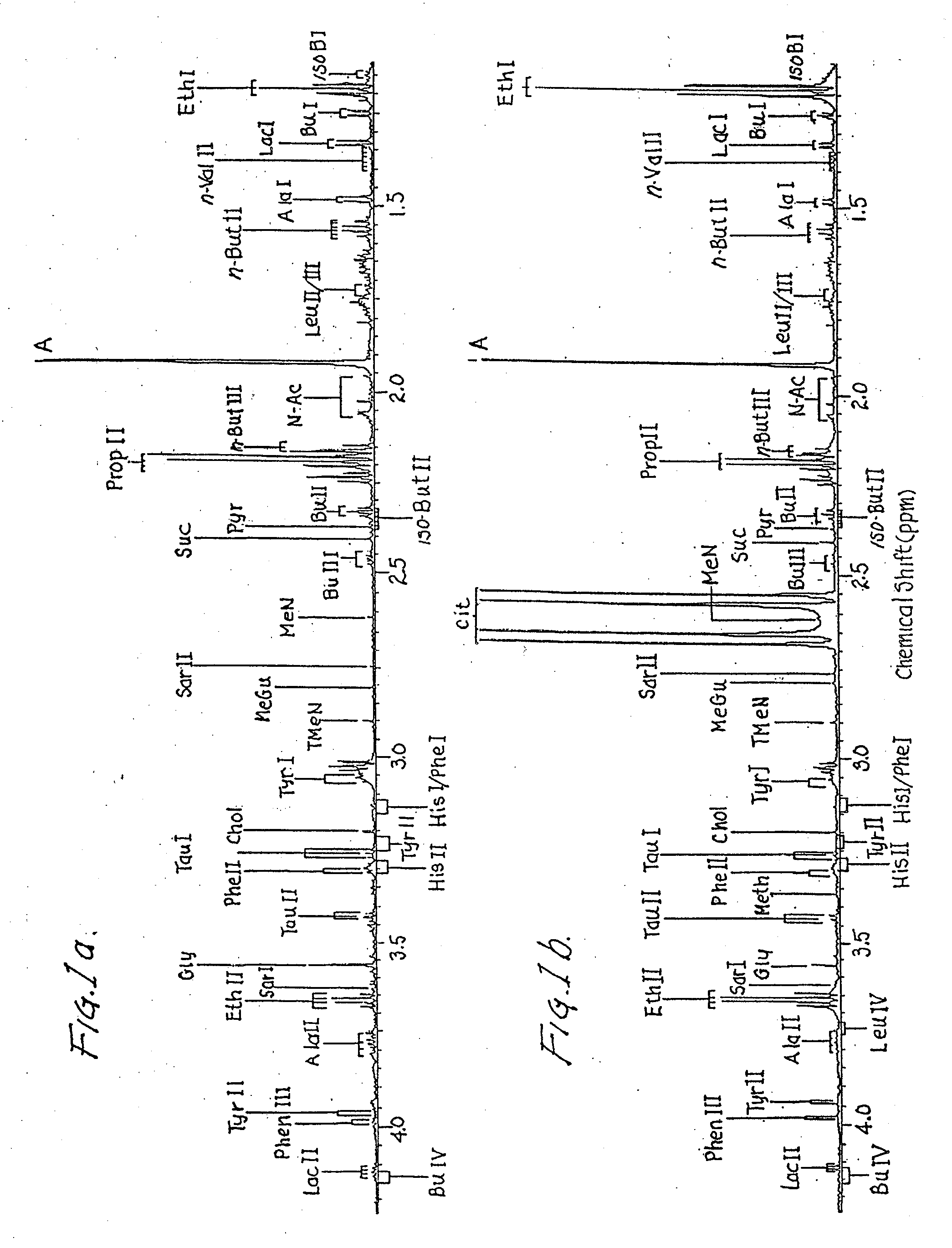Composition and method for the oxidative consumption of salivary biomolecules
a biomolecule and oxidative consumption technology, applied in the field of oxidative consumption of salivary biomolecules, can solve the problems of not teaching the oxidatively oxidative method of stabilized chlorine dioxide, and the susceptibility to being destroyed by oxidative consumption
- Summary
- Abstract
- Description
- Claims
- Application Information
AI Technical Summary
Benefits of technology
Problems solved by technology
Method used
Image
Examples
Embodiment Construction
[0043]This invention relates to the discovery through research of the composition for and methodology of generating of chlorine dioxide by a stabilized chlorine dioxide composition through the oxidatively consuming salivary biomolecules in the oral cavity and producing antimicrobial affects on oral bacteria and microorganisms concerned with halitosis and oral disease with the reduction of growth and development. Chlorine dioxide is known to be a strong oxidizer and is capable of oxidizing amino acids. The work of Lynch et al. proves so with the degradation of cysteine and methionine into pyruvate in the presence of an admixture of stable free radical species chlorine dioxide with chlorite anions (1997). This was confirmed with the following evidence of research suggesting oxidative consumptions of salivary biomolecules and interactions of stabilized chlorine dioxide as chlorite with human salivary biomolecules. The oxidative decarboxylation of salivary pyruvate by stabilized chlorin...
PUM
 Login to View More
Login to View More Abstract
Description
Claims
Application Information
 Login to View More
Login to View More - R&D
- Intellectual Property
- Life Sciences
- Materials
- Tech Scout
- Unparalleled Data Quality
- Higher Quality Content
- 60% Fewer Hallucinations
Browse by: Latest US Patents, China's latest patents, Technical Efficacy Thesaurus, Application Domain, Technology Topic, Popular Technical Reports.
© 2025 PatSnap. All rights reserved.Legal|Privacy policy|Modern Slavery Act Transparency Statement|Sitemap|About US| Contact US: help@patsnap.com



